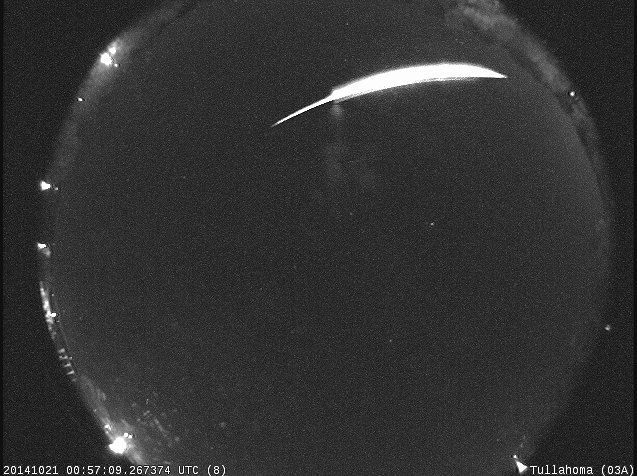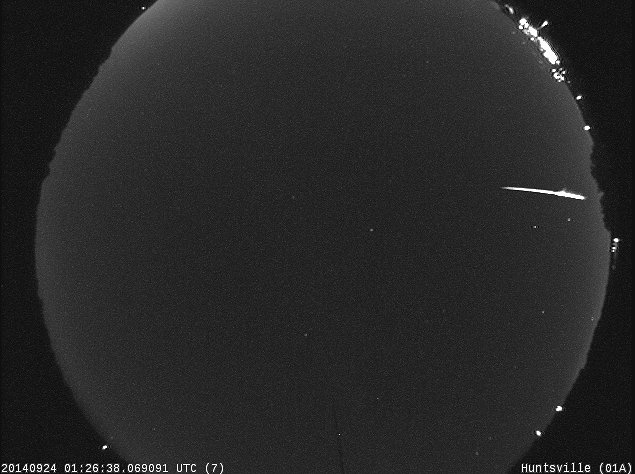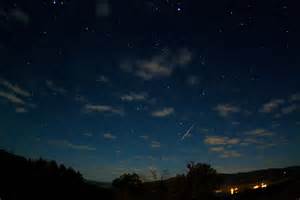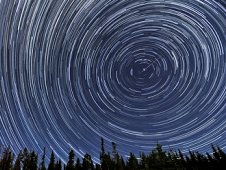This year’s Leonids meteor shower peaks on the morning of Nov. 18. If forecasters are correct, the shower should produce a mild but pretty sprinkling of meteors. The waning crescent moon will not substantially interfere with viewing the Leonid shower. “We’re predicting 10 to 15 meteors per hour,” says Bill Cooke of the Meteoroid Environment …
Brilliant Leonids Meteor Shower Peak Occurs Morning of Nov. 18

































